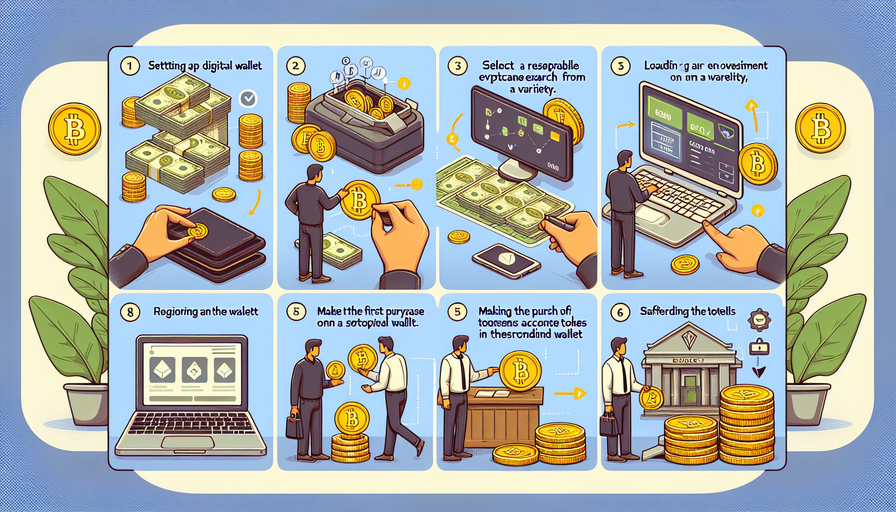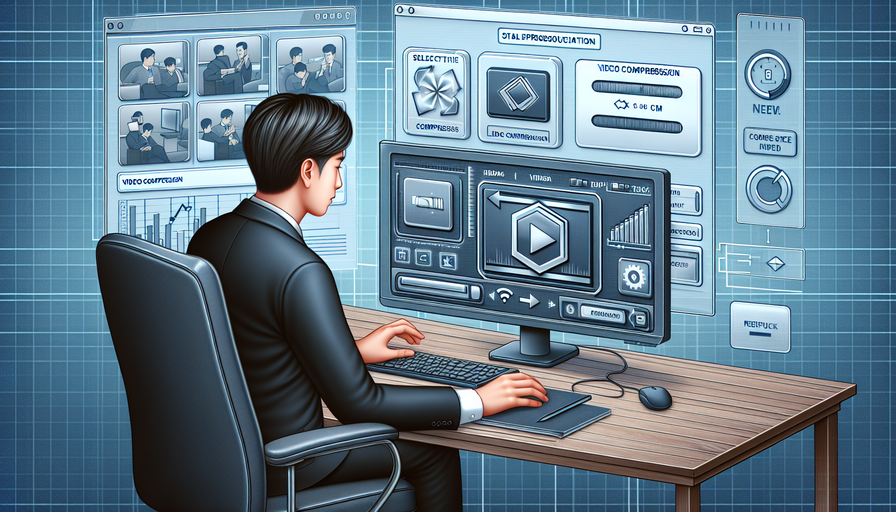Introduction
Rebooting your iPhone can be a simple solution to many common issues such as freezing, slow performance, or app crashes. This article will guide you through the step-by-step process of rebooting your iPhone.
Why Reboot Your iPhone?
Rebooting your iPhone can help resolve software glitches and clear up temporary bugs that may be causing issues with its performance. It’s like giving your phone a fresh start, allowing it to run more smoothly.
Step 1: Check for Updates
Before rebooting your iPhone, it’s a good idea to check if there are any software updates available. Sometimes, updating your device can fix existing problems without the need for a reboot.
Step 2: How to Reboot an iPhone Without Home Button (iPhone X and newer models)
If you have an iPhone X or a newer model without a home button, follow these steps:
1. Press and hold the side button along with either volume button until the slider appears on the screen.
2. Drag the slider from left to right to turn off your iPhone.
3. Press and hold the side button again until the Apple logo appears, then release it.
Step 3: How to Reboot an iPhone With Home Button (iPhone 8 and earlier models)
For iPhones with a home button (iPhone 8 and earlier models), here’s how you can reboot:
1. Press and hold the top (or side) button until the slider appears.
2. Drag the slider from left to right to turn off your iPhone.
3. Press and hold the top (or side) button again until the Apple logo shows up.
Step 4: Wait for Your iPhone to Restart
After following either of the above methods, wait for your iPhone to fully power down and restart. Once you see the Apple logo on the screen, release the buttons and allow your device to boot up.
Conclusion
Rebooting your iPhone is a quick and effective way to troubleshoot common issues with your device’s performance. By following these simple steps, you can give your phone a fresh start and potentially resolve any software-related problems.
Remember that if rebooting doesn’t solve persistent issues or if you encounter hardware problems, it’s best to contact Apple Support or visit an authorized service provider for further assistance.


